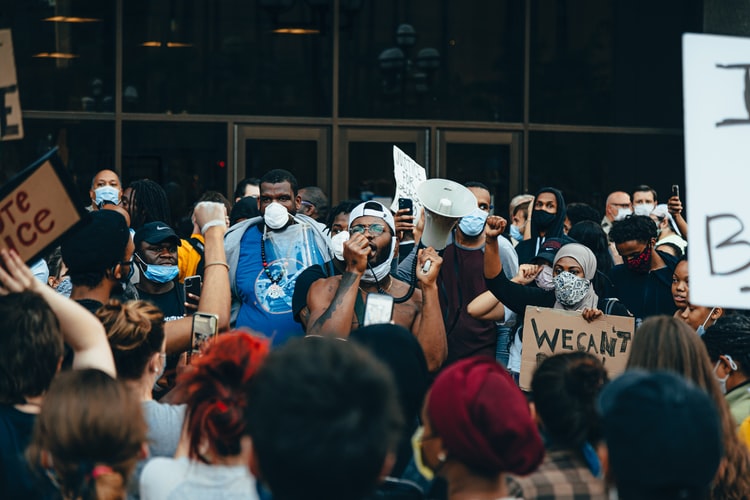
Hi everyone, quick reminder, if you’re free next Monday 9/21 at 11am PT, join me on this webinar to discuss wealth hoarding and tax avoidance. We’ll be focused on these questions: “What are the current rules governing philanthropy, especially foundations and donor-advised funds? How do these operate in practice? Are wealthy people using these vehicles to game the system?”
***
Five years ago, I wrote “When you don’t disclose salary range on a job posting, a unicorn loses its wings.” This has contributed to some contentious arguments in our sector, namely about whether unicorns have wings. Since then, however, I’ve been glad to see so much progress being made. Many states now have laws requiring the disclosure of salary information, as well as to make it illegal to ask for candidates’ salary history. An increasing number of organizations in our sector, such as Momentum Nonprofit Partners and NTEN, have started requiring salary to be disclosed on their job boards. Meanwhile, across the pond, Show The Salary and other colleagues are publicly calling out organizations who still engage in salary cloaking, and to their credit, many organizations are listening to feedback and changing their practices.
Continue reading →




